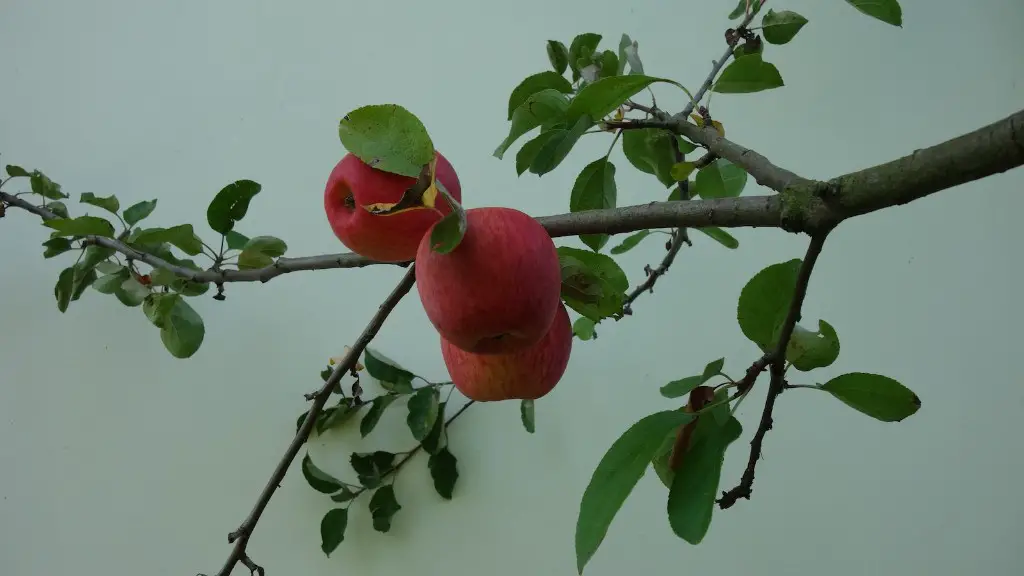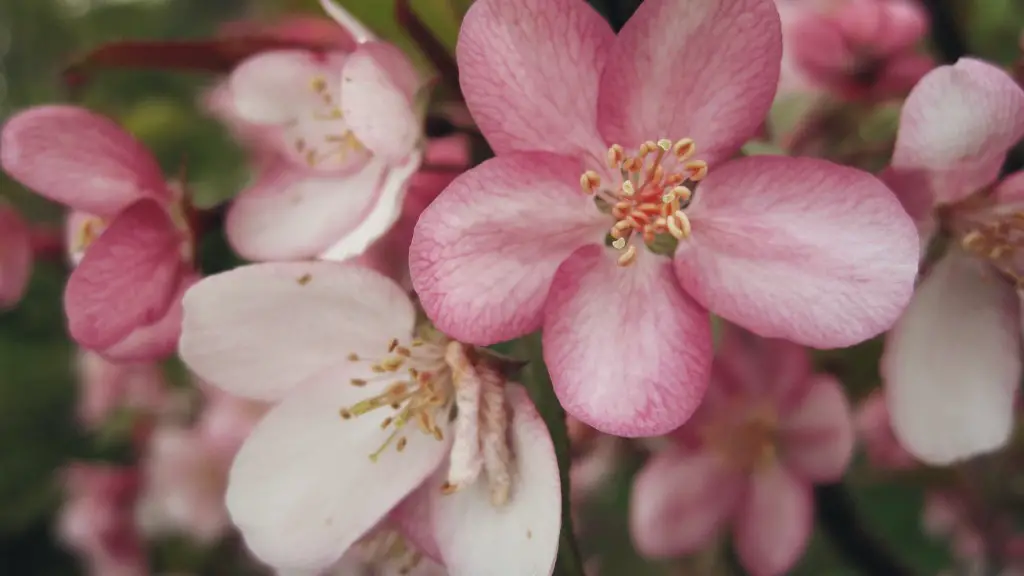Yellow leaves on a lemon tree are a symptom of a larger issue. Generally, they signify that the tree is receiving an improper amount of water or nutrients. If the leaves have a yellow tint but are still firm and dark green, then this is normal and a sign of healthy plants. On the other hand, if the leaves are wilted or drooping and a yellowish-orange tint appears, this is a cause for concern. In this situation, it is important to assess the root cause in order to properly take care of the lemon tree and ensure its long-term health.
The first step to diagnosing the issue is to determine why the yellow leaves are appearing. Too little irrigation will lead to deficiencies, and too much water can cause chlorosis or root issues. Nutrient deficiencies like magnesium, iron, or zinc can also cause yellowing of the leaves, as can other environmental stressors like cold temperatures or poor soil quality. Testing the soil pH and nutrient level, as well as measuring irrigation frequency, are the most effective ways to determine the root of the yellowing leaves.
Once the underlying cause is identified, the next step is addressing the issue. This can be done through a combination of cultural and chemical amendments. Cultural amendments involve improving the soil, such as adding organic matter, compost, or fertilizer. Chemical amendments involve adding micronutrients to the soil and/or heavy metal chelates to the water. Additionally, adjusting the frequency of irrigation and avoiding over-fertilization can also help to improve the lemon tree’s health.
If the lemon tree is still not thriving, it is important to watch for signs of pests or diseases that can cause further damage. Common pests that may affect lemon trees are scale insects, mites, and nematodes. Diseases like bacterial canker, fungal nematode, and citrus yellowing, can also cause yellowing leaves. In order to combat these, a combination of chemical and organic sprays can be used.
Overall, yellow leaves on a lemon tree can be a symptom of something more serious. It is important to quickly assess the root cause in order to avoid any long-term damage. By addressing the issue through cultural and/or chemical amendments, pests or diseases can be properly managed, and the lemon tree’s health can be restored.
Improving Soil Quality
When it comes to addressing yellow leaves on a lemon tree, improving soil quality can be a major factor. Adding organic matter and compost can enrich the soil with necessary nutrients, help to retain moisture, and improve water drainage. Additionally, specific amendments may also be necessary, such as sulfur or gypsum, depending on the soil type. If additional fertilizer is needed, slow-release varieties are preferred as they can help to prevent a nutrient spike which can have a damaging effect on the plant.
Mulching is also an important practice in improving soil quality and protecting the lemon tree. Specifically, mulching can help to retain moisture in the soil and prevent weed growth. Additionally, it can also protect the roots from extreme temperature swings and reduce the chance of disease. When mulching, it is important to keep the layers thin to ensure that the lemon tree is protected and the structure of the soil is not disturbed.
Additionally, irrigation strategies should also be reviewed to ensure that the plant is receiving the necessary amount of water. Over-watering can cause root rot and leach away extra nutrients, while under-watering can cause wilting and dryness of the leaves. When watering, it is recommended to apply a slow trickle to the root ball, rather than overhead irrigation. This will ensure that the water can penetrate the soil and give the roots access to the moisture needed without causing a sudden spike or oversaturation.
Using Fertilizers
Fertilizers can also be an effective part of addressing yellowed leaves on a lemon tree. For nutrient deficiencies, it is important to choose the right type of fertilizer, such as one that is high in nitrogen, phosphorus, and potassium. Additionally, it is important to apply the fertilizer at the right time of year and to avoid over-fertilization, which can lead to greater issues.
In general, it is best to use a slow-release fertilizer that is designed for citrus trees, as this will supply the correct balance of nutrients in a low-salt formula. In cases of severe deficiency, a micronutrient spray may be required. These can help to supplement the tree’s nutritional needs, while also providing protection from pests and diseases.
It is also important to use the right tools when applying fertilizer. For example, a handheld spreader is preferred over a hose-end attachment since it can help to evenly distribute the fertilizer. Additionally, it is important to read the instructions carefully, as directions vary between brands. As with all chemicals, it is important to be mindful of safety measures and keep the fertilizer away from children and pets.
Treating Pests and Diseases
Certain pests and diseases can also cause yellow leaves on a lemon tree, such as nematodes or citrus yellowing. In these cases, it is important to use the right combination of treatments to ensure that the tree is properly protected. Generally, a combination of chemical and organic controls can be effective in treating pests and diseases. Chemical sprays can help to quickly get rid of an infestation, while organic solutions can provide a long-term protection.
When applying these treatments, it is important to follow instructions carefully and read the label. Additionally, it is important to make sure that the tree is protected from direct contact with the chemicals, so gloves and goggles should be worn. Furthermore, it is also important to limit the treatments to the specified area, and not over-treat. This can help to prevent contaminating the soil or causing any harm to beneficial insects.
In conclusion, yellow leaves on a lemon tree are a symptom of a larger issue. To address the issue, it is important to assess the underlying cause, often through soil testing and measuring irrigation frequency. Cultural amendments like improving the soil or adding mulch, along with chemical or organic treatments, can help to restore the health of the lemon tree. Finally, be sure to wear protective gear when applying any treatments and follow the instructions carefully.


